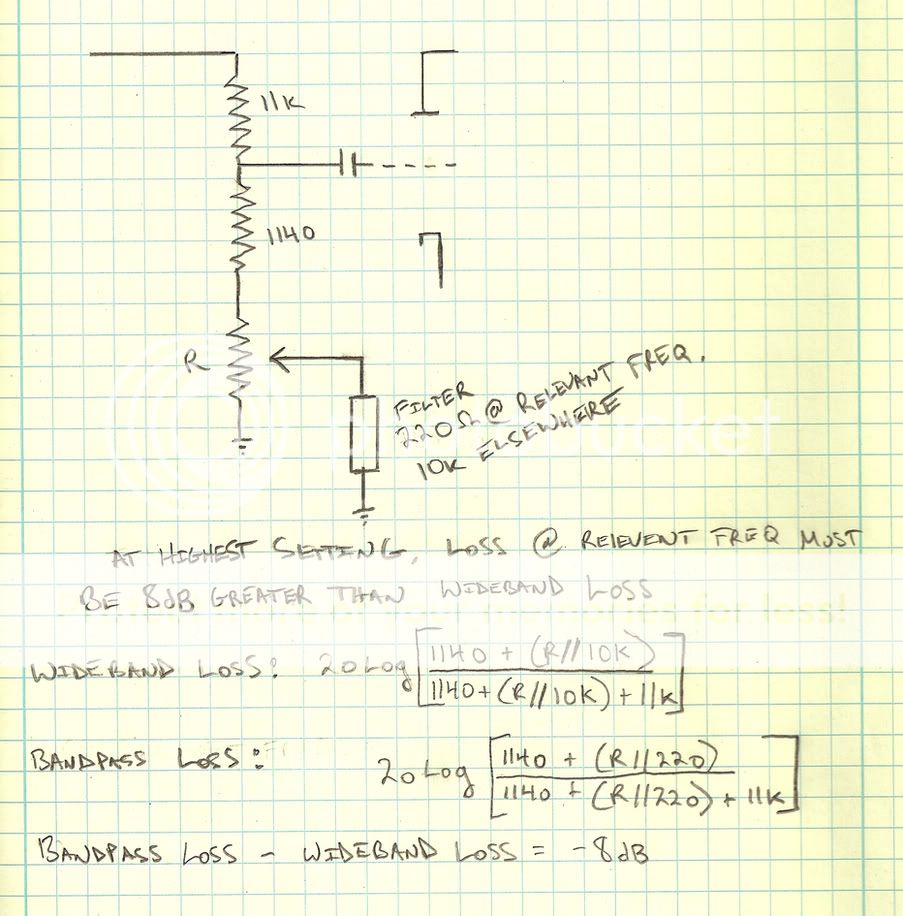plumsolly
Well-known member
A while back, I bought a pair of Cinema 7080 equalizers sans power supplies or remote control panels. There is some information out there - the data sheet, a partial schematic and short discussion in the Audio Cyclopedia, and a short reference in a rane paper. I traced the full schematic of the amp section. I believe what I have is correct, but if anyone notices any obvious errors, please let me know. My intention is to build a control section with rotary switches, which should not be too difficult. Attached is the schematic I drew up and here is a link to a packet of all the info I have: http://www.mediafire.com/?zkwyva4r2427j42
Thanks,
Ben
Thanks,
Ben






